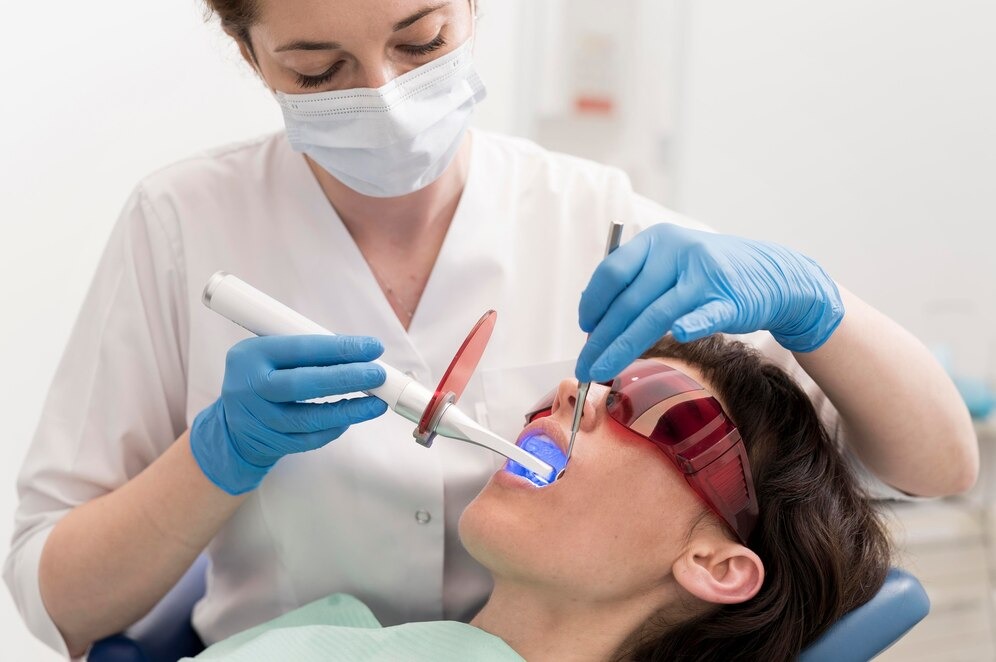- Thirumenahalli, Bangalore
- vsmilefamily@gmail.com
- Call Today (+91) 707 595 2939
- Open Hour 10AM - 8PM

Teeth removal
Teeth removal, also known as tooth extraction, is a common dental procedure that involves the removal of a tooth from its socket in the bone.Extractions can also be performed to make space for orthodontic treatment or when there is overcrowding in the mouth. While the idea of tooth removal may seem daunting, modern techniques and anesthesia can ensure a relatively painless experience. After an extraction, it's crucial to follow your dentist's post-operative instructions to promote healing and prevent complications.This procedure is often necessary when a tooth is
- severely decayed
- infected
- impacted
- wisdom teeth
Recovery from teeth removal usually takes a few days, during which patients may experience some swelling, discomfort, or bleeding. Dentists often recommend following specific aftercare instructions, such as applying ice packs to reduce swelling, taking prescribed medications for pain management, and eating soft foods to avoid irritating the extraction site. It is also essential to avoid sucking through straws or spitting forcefully, as these actions can dislodge the blood clot that forms in the socket and lead to a condition called dry socket, which can be painful and delay healing.
While tooth extraction may seem daunting, it can significantly improve oral health and quality of life in certain situations. Removing problematic teeth can alleviate pain, prevent further dental issues, and create space for proper alignment of remaining teeth, especially in orthodontic cases. After healing, patients may consider options for tooth replacement, such as dental implants or bridges, to restore function and aesthetics to their smile.
How To Take Care During Teeth removal Procedures: Proper care is essential for a smooth recovery after a tooth extraction. Before the procedure, your dentist may advise you to avoid certain medications, like blood thinners, and refrain from eating for a few hours before the extraction. Afterward, it's important to bite down on a gauze pad to control bleeding and avoid rinsing your mouth for the first 24 hours to prevent dislodging the blood clot. Eating soft foods and staying hydrated are essential during the recovery phase. Additionally, maintaining good oral hygiene is crucial, but be gentle around the extraction site to avoid irritation.
When To Visit your Doctor? If you're experiencing tooth pain, swelling, or sensitivity, it may be time to consult your dentist about the possibility of extraction. After a tooth removal, you should schedule a follow-up visit to ensure proper healing and address any concerns, particularly if you encounter prolonged discomfort or signs of infection, such as fever or pus at the extraction site.
Teeth removal Options: While traditional tooth extraction is common, there are different approaches to tooth removal depending on the tooth's condition and position. Simple extractions are performed on teeth that are visible above the gum line, while surgical extractions may be necessary for impacted teeth or those that require more complex removal techniques. Your dentist will determine the most appropriate method based on your specific situation and overall oral health.
© 2025 V Smile Family Dental. Designed by StraDigi Consulting
